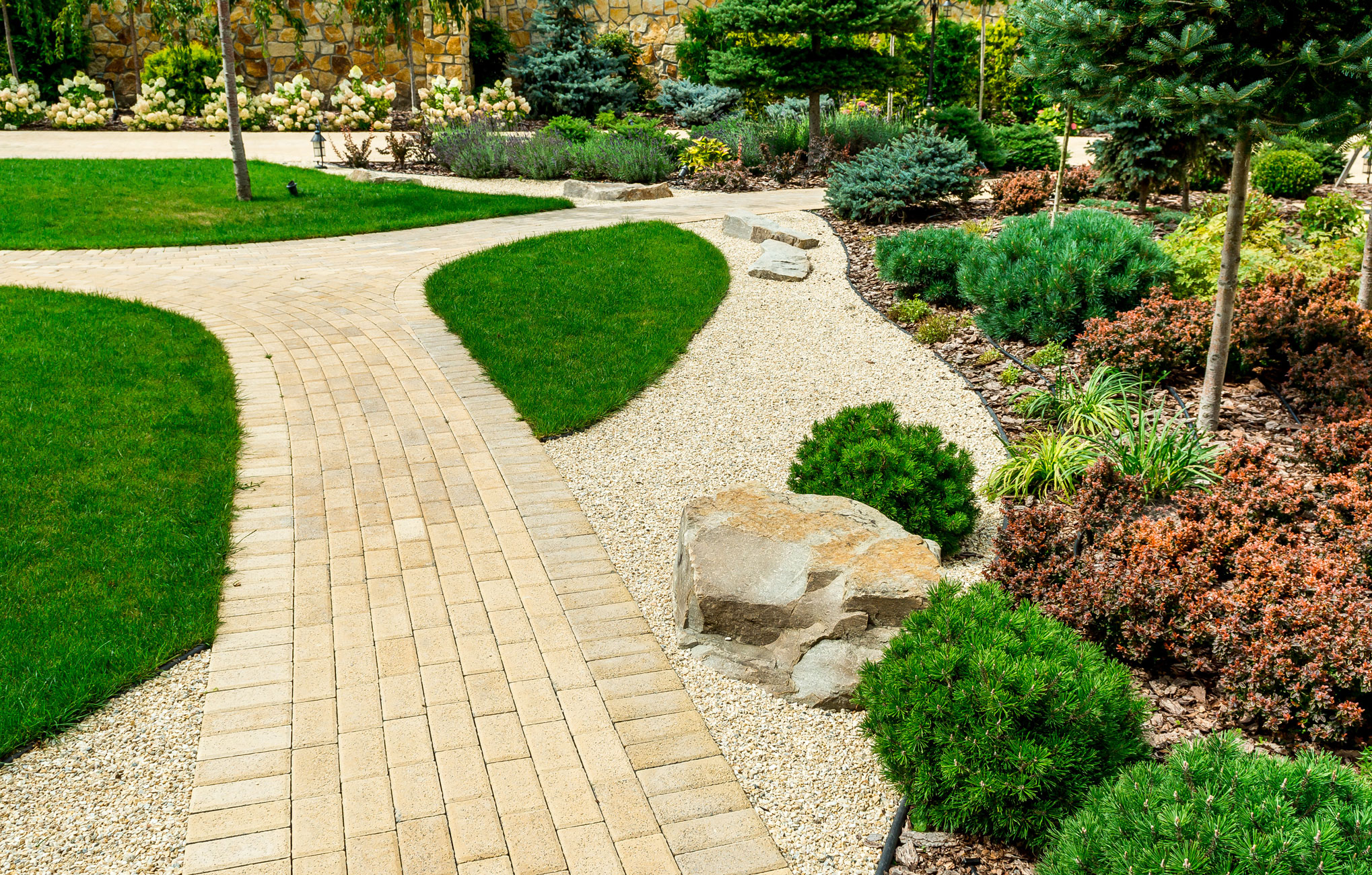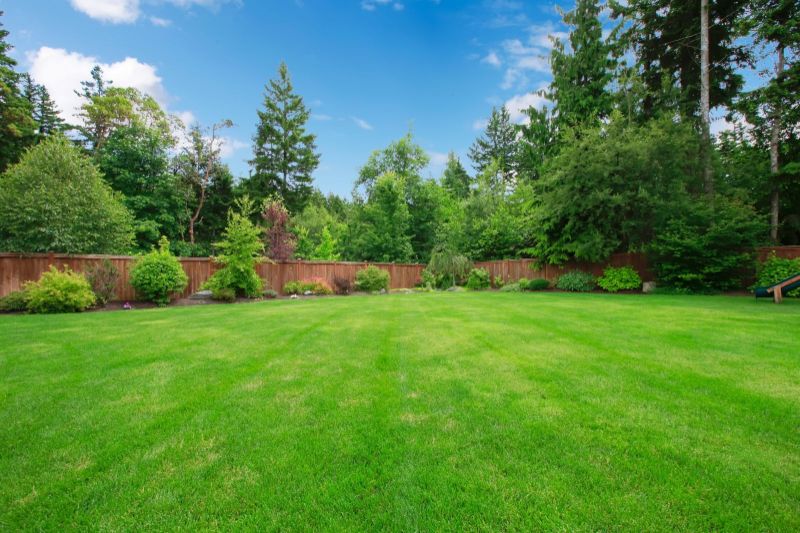During warm times, it can be hard to maintain a landscaped property. What can an individual do to reduce their water usage and save money at the same time? It’s actually really simple. With a little creativity and a simple change in your landscape design you can reduce your water needs significantly.
One option is to create a sustainable landscaping that takes water consumption into consideration. Learning what goes into sustainable landscaping is just part of this process, but it’s also important to know where to start and what to do when you’re not supplied with the water needed.
The following are five tips that can help make a sustainable landscaping dream a reality despite unfavorable conditions:
- Cut back on mowing
As water levels begin to decline, create a landscape that is drought-tolerant by letting your grass grow long and maintain a healthy root system. This allows your lawn to store water in the ground, which reduces your need for supplemental irrigation. The longer grass roots are, the less water they require since they have a greater access to moisture in surrounding areas. After a few years, the grass will grow deep enough to form a thick matting of roots.
- Create a landscape that adds shade and reduces heat build-up
As summer temperatures rise, it’s important to create a landscape that allows cooler air to circulate throughout the yard, while minimizing the amount of heat build-up.
You can install umbrellas over your delicate plants to create a microclimate that will protect them from the hot sun.
Another way to minimize water use is by creating a more diverse plant population on your property. Plant trees and shrubs that offer some shade, such as southern magnolia, sweet gum, sugar maple and eastern redbud. Keeping these trees pruned to desired height allows them to get maximum light penetration without consuming much water.
- Clear the clutter
As water becomes scarce, it’s important to think of ways to employ less water on the property. Low water usage can be achieved by clearing out the unnecessary clutter.
Clear away any lawn covers including mulch, fallen branches and toys. These things prevent water and nutrients from feeding the plants and make it more difficult to maintain the landscaping in your yard.
Clearing clutter allows sunlight to reach the grass beneath. If the area is in dire need of a good weeding, consider using a string trimmer instead of a lawn mower. This way you’re not breaking up ground that has already been tilled or trampled on by heavy machinery.
- Xeriscaping
The word xeriscaping is a portmanteau of the words “scare-scaping”, which describes plants that match their surroundings in color and form. It’s a landscaping design that emphasizes native plants and resists the spread of introduced species.
This type of landscaping is durable and adaptable in many different soil types while requiring little to no supplemental water. Using native plants helps reduce the risk of invasive species being brought in through transplanting.
You can also add features such as a rock river bed or a small retention pond to increase the water level in your yard. This way, if you have some excess water, you can use it to create a water feature for your yard.
The main benefits of xeriscaping are sustainability, reduced resource dependence and increased biodiversity.
- Minimize Chemical Use
Chemicals are used for a variety of reasons; however, as water becomes more scarce it’s important to start reducing the amount of chemicals you use to fertilize your yard.
Plant your grass in soil that is healthy and rich in organic material. This will help strengthen the root system and keep it strong during times of drought.
Using organic fertilizers and pesticides is the best way to keep your plants healthy. These chemicals don’t require a lot of water to be applied and they have less potential to cause runoff than petroleum based products.
These are just a few ideas on how you can create a sustainable landscape in your yard. Remember that sustainability is not an instant fix, but rather a long term process. The important thing is to start now and use the least amount of water possible. By using these five tips you will be on your way to creating the landscape of your dreams that is also sustainable and water-friendly.

